5 Books For Cybersecurity Professional Development
If you’re into infosec or cyber, you’ve probably already realised that there’s plenty of information to get your head around. Often, this can mean trawling through lots of data or analysing code or other relevant information.
One of the coolest aspects of this is the fact that history has plenty to teach us about what we can expect in the future. So, that’s the perfect justification to pick up a book, do some reading and call it professional development. And when it comes to tech, hacks & data breaches there are always plenty of exciting things to read about.
Here are a few interesting titles that made it into the bookcase. No sponsorship or paid recommendations were taken for this article, each book that made it onto the list is here on its own merits.
Check out Amazon or your local bookstore if you’re interested in acquiring copies of these resources for yourself.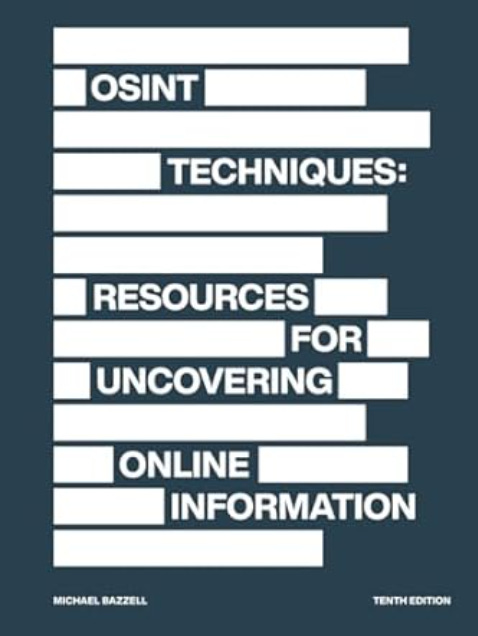
OSINT Techniques — Michael Bazzel
A literal bible for cyber investigators & forensic specialists, OSINT techniques is an essential textbook for many cybersecurity courses the world over.
Ex-FBI Agent Michael Bazzell gives you everything you need to understand the value of and then, source your own, open source intelligence. This is a great read with plenty of informative processes that allow you to understand what’s happening with your data.
Privacy advocates might also find this book useful as it breaks down much of the happenings behind the scenes regarding data management & breaches.
It’s well crafted and regularly updated, meaning you can be sure you’re getting all the latest information.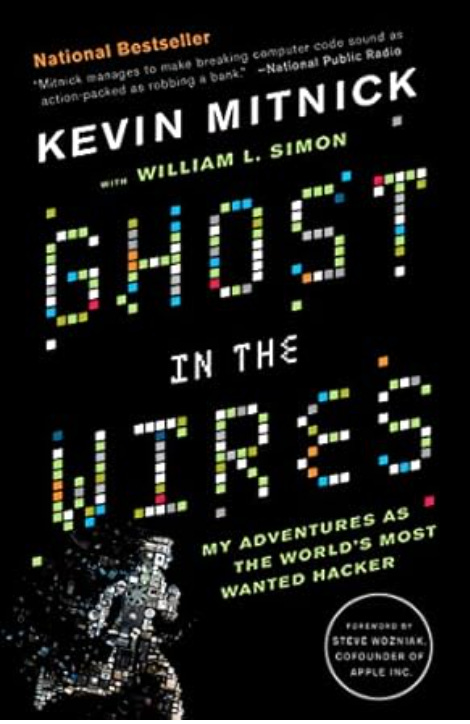
Ghost In The Wires — Kevin Mitnick
When the opening for a book is opened by none other than Apple’s Steve Wozniak you can rest assured that it’s probably going to be an interesting read and in this instance, Ghost in the Wires does not disappoint.
Written by the late Kevin Mitnick and discussing his time on the run before his subsequent imprisonment, this book is a great reminder that social engineering can be a significant problem if properly applied.
While it’s more autobiography than theory, it’s a great look at the hacker mindset and shows how curious minds can find unconventional solutions to security-related problems.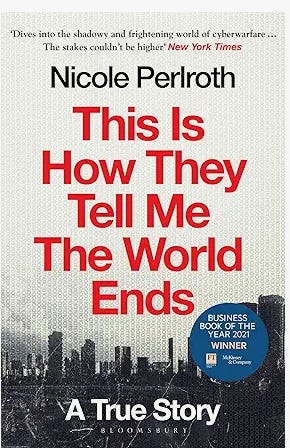
This Is How They Tell Me The World Ends — Nicole Perlroth
While cyber warfare between nation-states is well explored at this point, one lesser-known point is how 0-day exploits are developed and used.
An award-winning true story, this book focuses on the grey market for zero-day exploits and the hackers that find them. It also discusses an issue that remains relevant to this day, namely, the deterioration of some offensive cybersecurity skillsets in the West.
If you’re interested in cybersecurity and nation-state hacks, this is a great read that breaks it all down without making things too technical.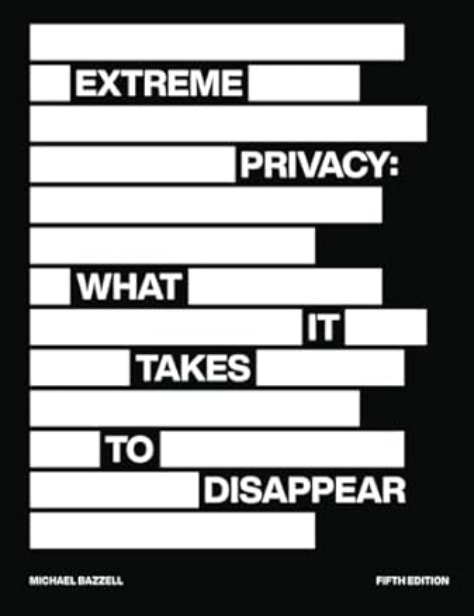
Extreme Privacy — Michael Bazzel
If you see an author appear twice in a post it’s either a sponsored article or the author produces some really good resources!
Extreme Privacy is written by OSINT techniques author Michael Bazzel. Rather than analysing how to collect OSINT electronically, in this book, you’ll learn all you need to know about having good OPSEC.
This book provides an in-depth look at the privacy process and discusses issues faced by individuals looking to seek extra privacy before discussing real-world application of strategies to solve some of these problems.
In a world full of big-data strategies, Extreme Privacy can put control of your privacy back into your hands.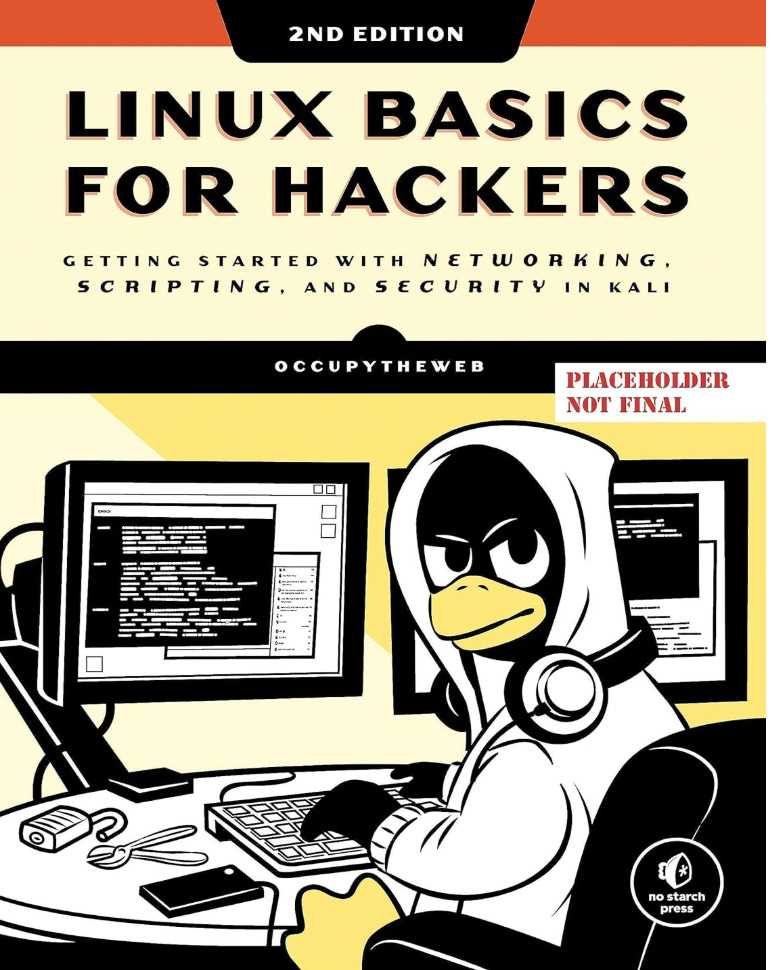
Linux Basics For Hackers — Occupy The Web
These days OSINT is a lot easier than it used to be and you can now find Windows and web-based tools to help you collect and analyse data quickly and easily.
If you want to use the best tools though, you’ll need to consider taking a look at Linux systems and the command line. Differing significantly from the usual Windows or Mac-based system, the terminal allows you to collect and analyse significant amounts of data.
It’s the first step towards using red teaming or pentest tools like Kali Linux effectively.
Linux Basics For Hackers aims to give you foundational Linux skills that help demystify using the command line. Learn how to navigate the filesystem, bash scripting, the structure of the Linux filesystem and much more.
Subscribed
What Do You Read?
In the age of information, it’s easier than ever to find information on obscure topics, old hardware and historical events in almost any format you care to look for.
Not only are there written and video resources available, but you’ll often find people customizing old hardware or creating entirely new systems of their own to solve a specific problem. The Dragon OS-based, WarDragon is a perfect example of this.
Do you have a favourite cyber creator? Maybe you’re a fan of a small blogger/creator, or perhaps know of someone doing something interesting with hardware or sofware?
If so, leave a comment. The infosec world is richer for the experience that different personalities bring into it.
If you found this article insightful, informative, or entertaining, we kindly encourage you to show your support. Clapping for this article not only lets the author know that their work is appreciated but also helps boost its visibility to others who might benefit from it.
🌟 Enjoyed this article? Join the community! 🌟
📢 Join our OSINT Telegram channel for exclusive updates or
📢 Follow our crypto Telegram for the latest giveaways
🐦 Follow us on Twitter and
🟦 We’re now on Bluesky!
🔗 Articles we think you’ll like:
- What The Tech?! Space Shuttles
- Shodan: A Map of the Internet
✉️ Want more content like this? Sign up for email updates


















































